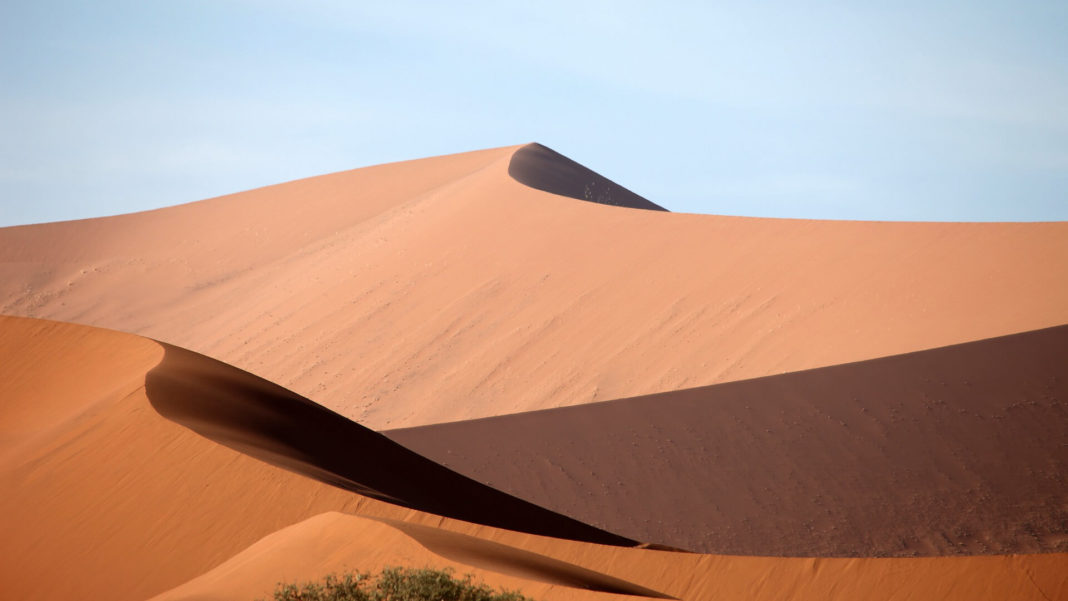Deserts have always fascinated us with their vast, barren landscapes and extreme conditions. From scorching hot sand dunes to frigid icy expanses, deserts exist in various forms across the globe. While most people may think of the Sahara Desert as the largest, there are many other deserts that are equally vast and mesmerizing. In this article, we will explore the 10 largest deserts in the world, each with its own unique characteristics and challenges. So, grab your camel, and let’s embark on this desert adventure!
Types of Deserts
Before we dive into the list of the largest deserts, it’s important to understand the different types of deserts that exist on our planet. Deserts are not simply sandy wastelands; they come in various forms depending on their location and climate. Here are the four main types of deserts:
- Hot and Dry Deserts: These deserts are characterized by their warm and dry temperatures throughout the year. They are typically found in regions near the equator, where the sun’s rays are most intense. The Sahara Desert is a prime example of a hot and dry desert.
- Semi-arid Deserts: Semi-arid deserts experience long, dry summers with some rainfall occurring in the winter. They are generally cooler than hot and dry deserts and can be found in areas such as the southwestern United States.
- Coastal Deserts: Coastal deserts have the highest humidity among all desert types, but rainfall is still scarce. They are located in coastal regions where cool ocean currents prevent significant precipitation. The Atacama Desert in Chile is a well-known coastal desert.
- Cold Deserts: Cold deserts are characterized by their extremely cold temperatures and lack of precipitation. They often experience heavy snow and rain during the winter months. The Gobi Desert in Mongolia and China is an example of a cold desert
Now that we have a better understanding of the different types of deserts, let’s explore the 10 largest deserts in the world, starting with the number 1.
1. Antarctic Polar Desert
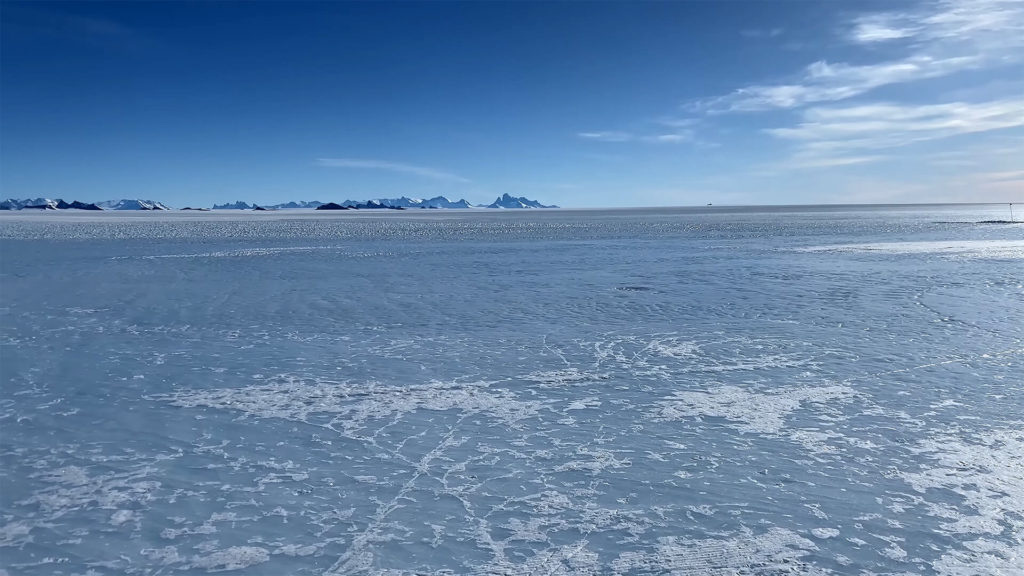
At the top of the list is the Antarctic Polar Desert, the largest desert in the world. With a massive surface area of 5.5 million square miles, Antarctica dominates the South Pole. This frozen continent is not only the largest desert but also the windiest place on Earth.
Antarctica is known for its frigid temperatures and scarce precipitation, with the McMurdo Dry Valleys region being one of the driest places on Earth. It receives a mere 0.8 inches of precipitation per year. Despite its icy appearance, the continent is teeming with life. However, the McMurdo Dry Valleys are an exception, as they have been recorded as completely devoid of microbial life.
Sadly, the status of the Antarctic Polar Desert as the largest desert may change in the future due to climate change and the melting of ice at the poles. This could lead to rising sea levels and irreparable damage to these fragile ecosystems.
2. Arctic Polar Desert
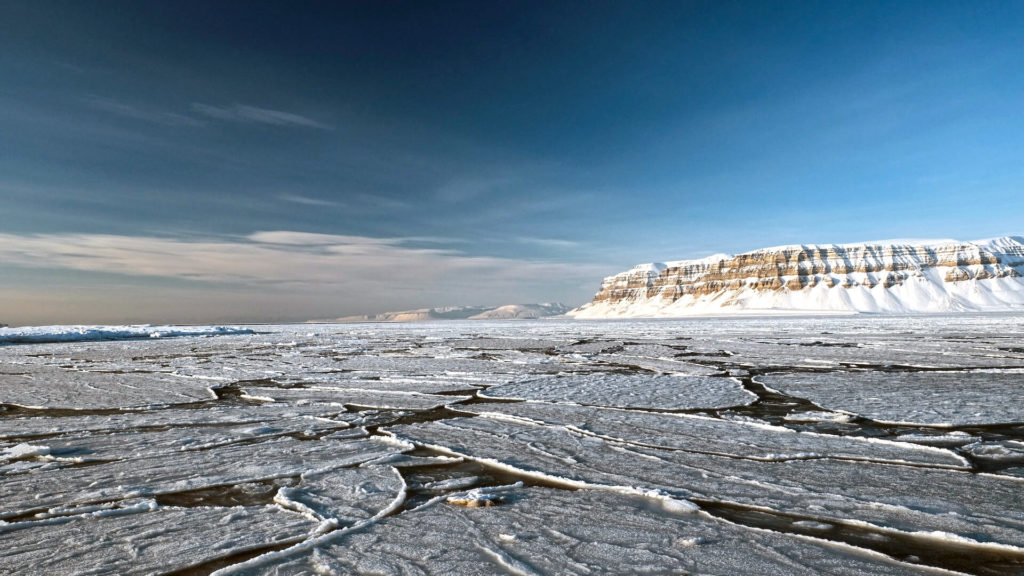
The Arctic Polar Desert, encompassing the polar tundra of Canada, Greenland, and Russia, is the second-largest desert in the world, covering over 5 million square miles. This cold desert experiences extremely low temperatures and receives little to no precipitation due to its cold and dry air.
Despite its harsh conditions, the Arctic Polar Desert is home to numerous resilient species, including hardy birds, walruses, and polar bears. This unique ecosystem has adapted to the extreme cold and serves as a vital habitat for these Arctic creatures.
3. Sahara Desert
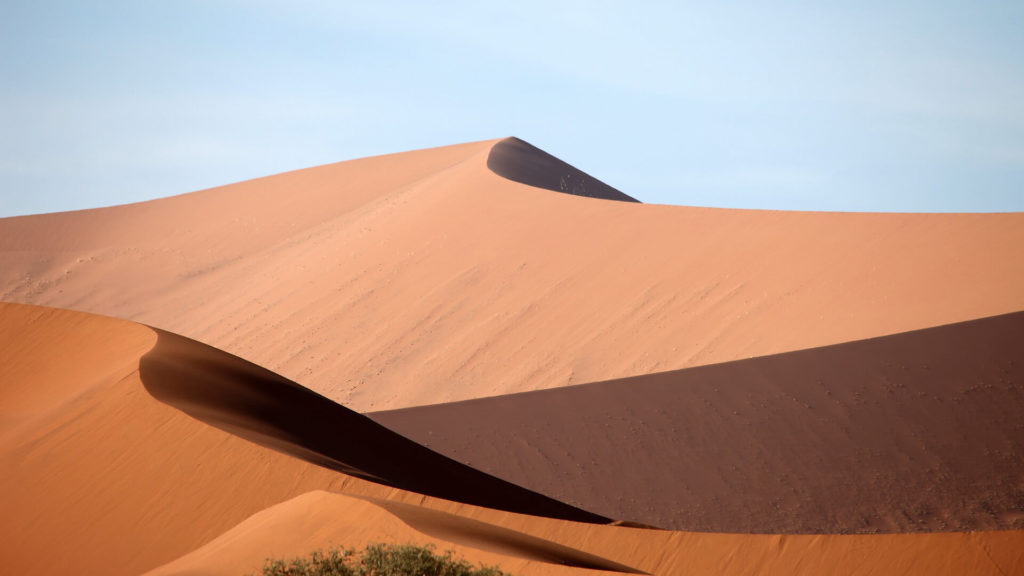
The Sahara Desert is often the first desert that comes to mind when we think of these arid landscapes. As the largest hot desert and the third-largest desert in the world, the Sahara spans an impressive 3.5 million square miles. It dominates the northern part of Africa, stretching from the Red Sea to the Mediterranean and expanding all the way to the Atlantic Ocean.
The Sahara Desert is a land of iconic sand dunes, camels, and occasional oases. While it may seem inhospitable, the Western Sahara region near the coast receives between 4 and 10 inches of precipitation annually. However, the core land mass of the Sahara is mostly covered by sand seas that rarely receive more than a quarter-inch of rain each year.
Over the years, the Sahara has been expanding in size. Researchers have discovered that the desert has grown by 10 percent since 1920, and this trend is expected to continue unless significant efforts are made to reduce emissions and atmospheric pollution.
4. Arabian Desert
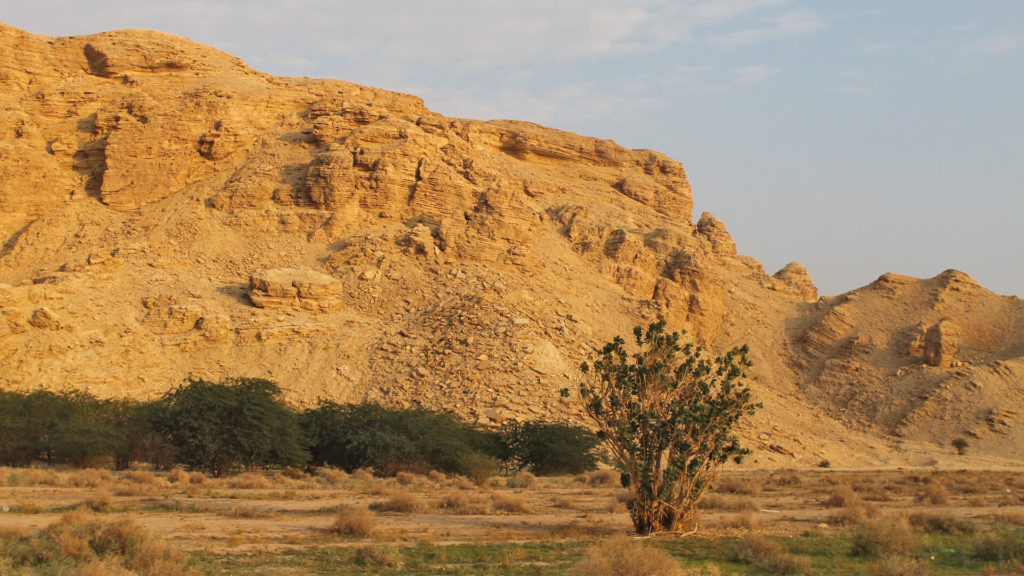
Covering an expansive surface area of 1 million square miles, the Arabian Desert is the fourth-largest desert in the world. It is located on the Arabian Peninsula and is home to a diverse range of mammals and bird species, including 102 endemic mammal species and 310 bird species.
The Arabian Desert is a subtropical desert, characterized by its scorching temperatures and arid conditions. Despite the challenging environment, various civilizations have thrived in this region throughout history, leaving behind a rich cultural heritage. Today, the Arabian Desert continues to captivate with its vast sand dunes and unique ecosystems.
5. Gobi Desert
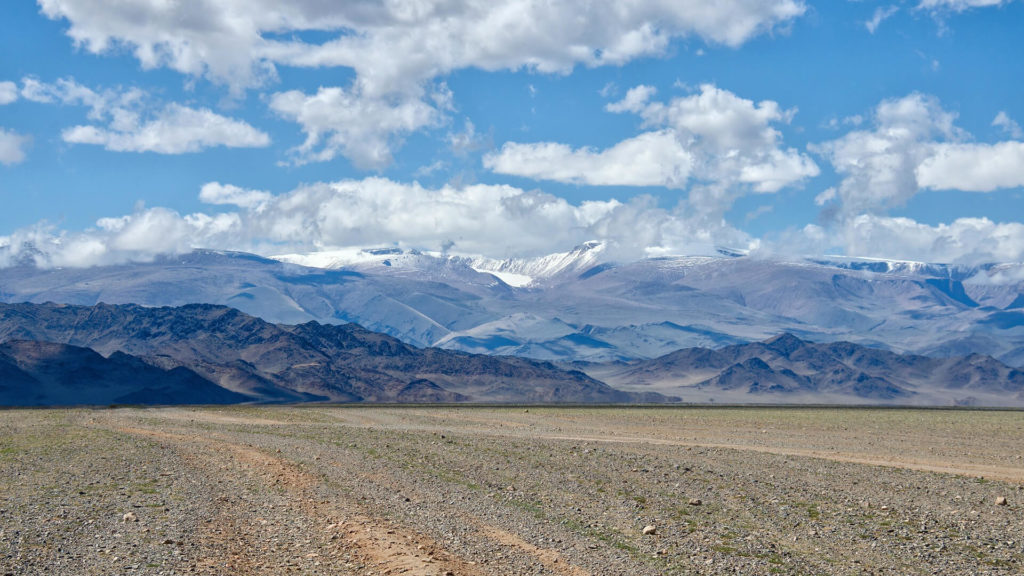
The Gobi Desert, spanning approximately 500,000 square miles, is the fifth-largest desert in the world. It stretches across Mongolia and China, sandwiched between the towering peaks of the Himalayas and the frigid steppes of Siberia. The Gobi Desert is an extremely cold desert, with little vegetation or precipitation apart from occasional ice and snowstorms.
This desert holds immense historical significance as it served as the birthplace of Genghis Khan’s Mongol Empire. It also played a crucial role in facilitating trade along the Silk Road, connecting civilizations such as the Han Chinese, Mongols, Persians, and Europeans. The rich cultural exchange and trade routes that passed through the Gobi Desert have left a lasting impact on the history of the region.
6. Patagonian Desert
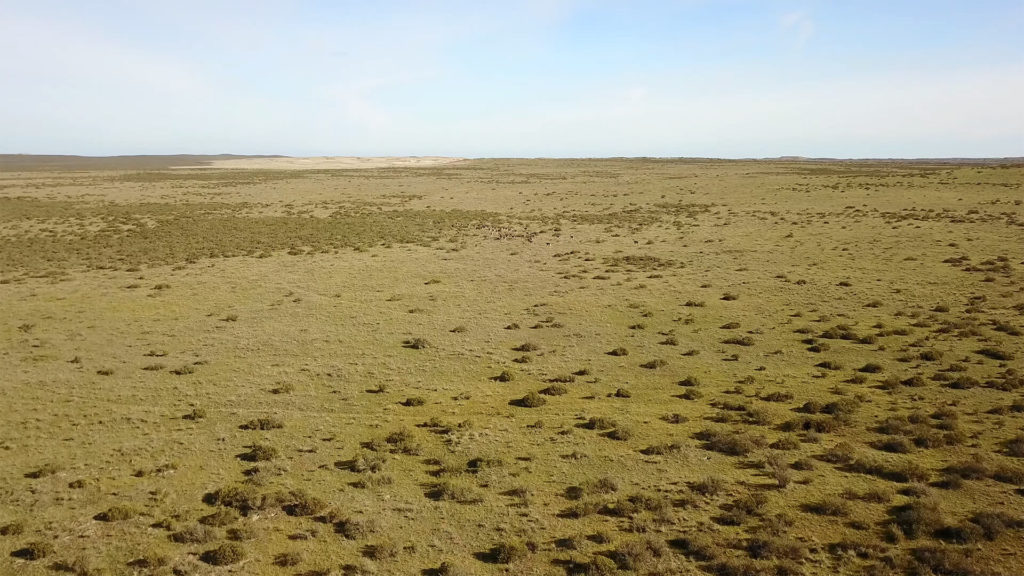
The Patagonian Desert, situated in South America, is the sixth-largest desert in the world, covering an area of approximately 260,000 square miles across Argentina and Chile. It is flanked by the imposing Andes Mountains and the vast Patagonian Steppe.
This semi-arid desert is home to diverse plant and animal species, including the Southern Beech Tree and the Patagonian Cypress. The Tehuelche people, who have lived in the region for thousands of years, left their mark on the world through their ancient cave paintings at the UNESCO heritage site known as Cueva de las Manos. Exploring these caves allows us to travel back in time and witness the artistic expressions of the earliest humans.
7. Great Victoria Desert
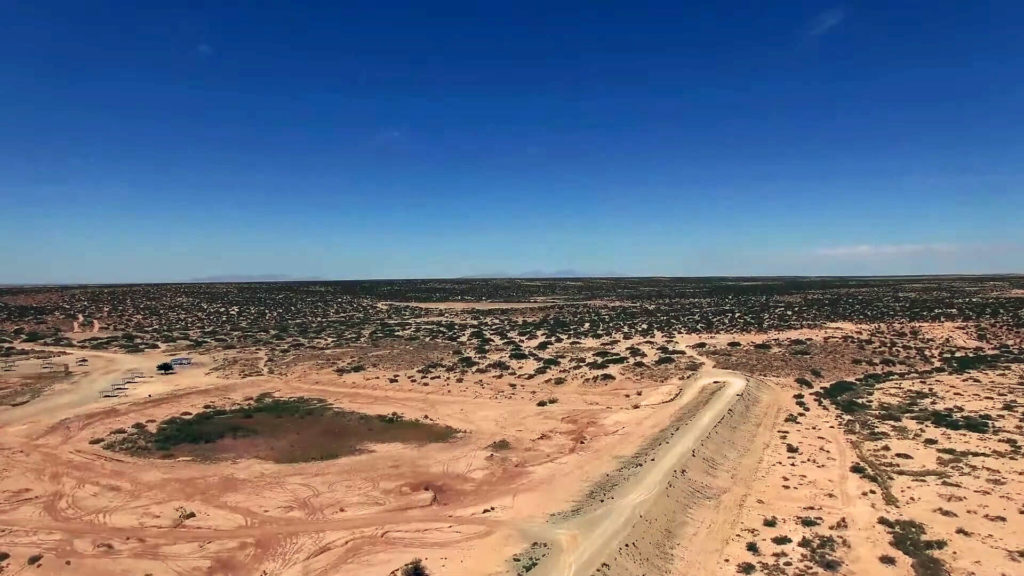
The Great Victoria Desert, located in central Australia, is a massive desert covering an area of approximately 250,000 square miles. It is a region characterized by flat grasslands, salt lakes, small mountains, dry valleys, and rocky plateaus. The desert is home to unique flora and fauna and has been inhabited by Indigenous Aboriginal civilizations for thousands of years.
The Great Victoria Desert holds significant cultural and spiritual importance for the Aboriginal people. It serves as a vital homeland, where ancient traditions and knowledge have been passed down through generations. The desert’s rich history and connection to the land make it a truly remarkable place to explore.
8. Kalahari Desert
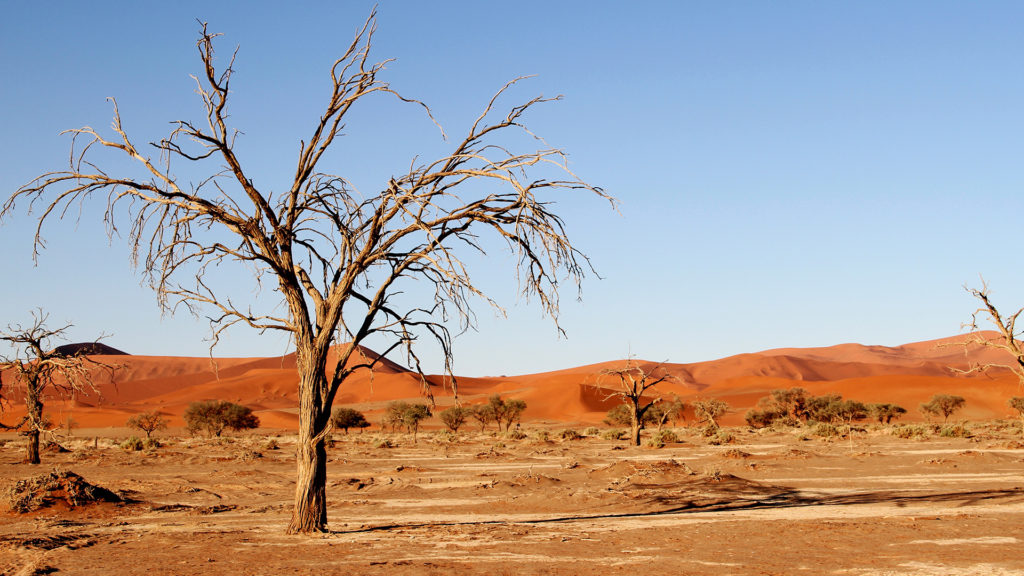
The Kalahari Desert, located in southern Africa, is the eighth-largest desert in the world, covering an area of approximately 220,000 square miles. It spans Botswana, Namibia, and South Africa, showcasing its iconic rolling red sand dunes and vast savannahs.
Despite its arid nature, the Kalahari Desert supports a diverse range of wildlife, including lions, cheetahs, hyenas, giraffes, and zebras. It is also home to several Indigenous tribes, such as the San people, who have inhabited the region for thousands of years. The San people have a rich cultural heritage, characterized by close-knit family units and a hunter-gatherer lifestyle.
9. Syrian Desert
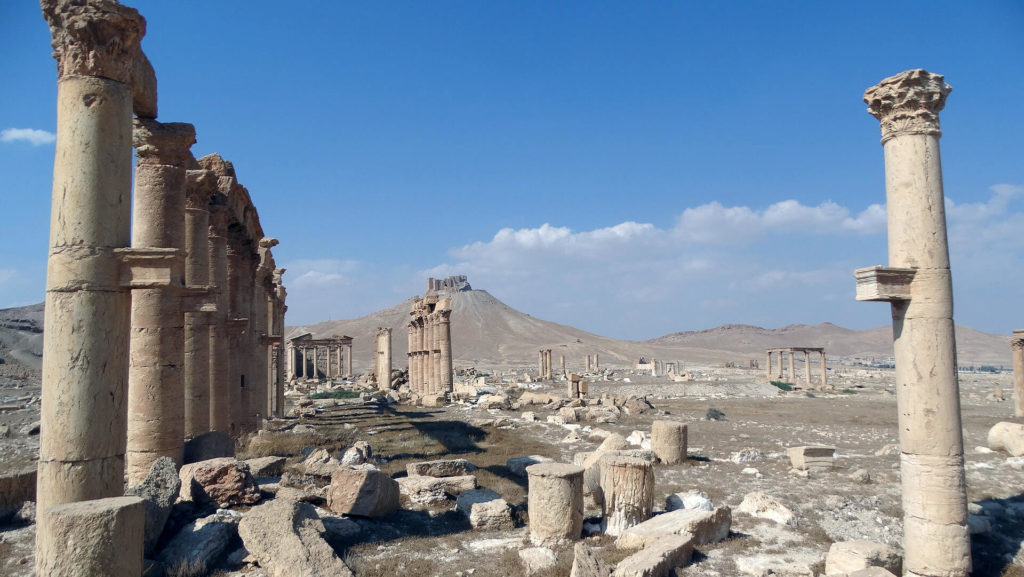
The Syrian Desert, also known as the Badiyat ash-Sham, covers a vast area of approximately 190,000 square miles in the Middle East. It extends across parts of Syria, Jordan, and Iraq, presenting a harsh and inhospitable environment. The desert is characterized by barren sand and gravel plains, rocky mountains, and dry riverbeds called wadis.
Nomadic societies, such as the Bedouin tribes, have adapted to the challenging conditions of the Syrian Desert for centuries. These tribes have maintained their traditional lifestyle and cultural practices, relying on their deep knowledge of the desert to survive. However, the Syrian Desert and its communities face environmental threats such as oil drilling, overgrazing, and the increasing temperatures caused by climate change.
10. Great Basin Desert
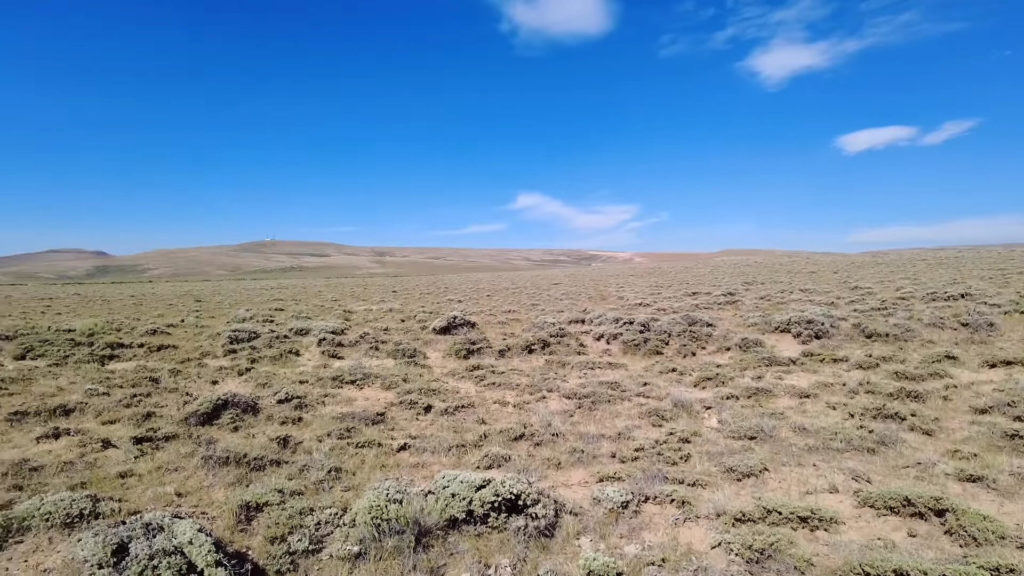
The Great Basin Desert, located in the western United States, spans six states, including Nevada, Utah, California, Oregon, Idaho, and Wyoming. With its high elevation of over 9,000 feet above sea level, this desert is known for its cold and desolate landscape. It covers approximately 190,000 square miles, making it one of the largest deserts in the world.
The Great Basin Desert is characterized by its rugged terrain, scarce water resources, and unique plant and animal species. It receives less than 10 inches of rainfall per year, making it a challenging environment for life to thrive. However, despite its harsh conditions, the Great Basin Desert is rich in history and natural wonders. It is home to ancient Native American habitation sites and some of the oldest plant life on Earth, including the famous bristlecone pine, known as the “Prometheus Tree.”





